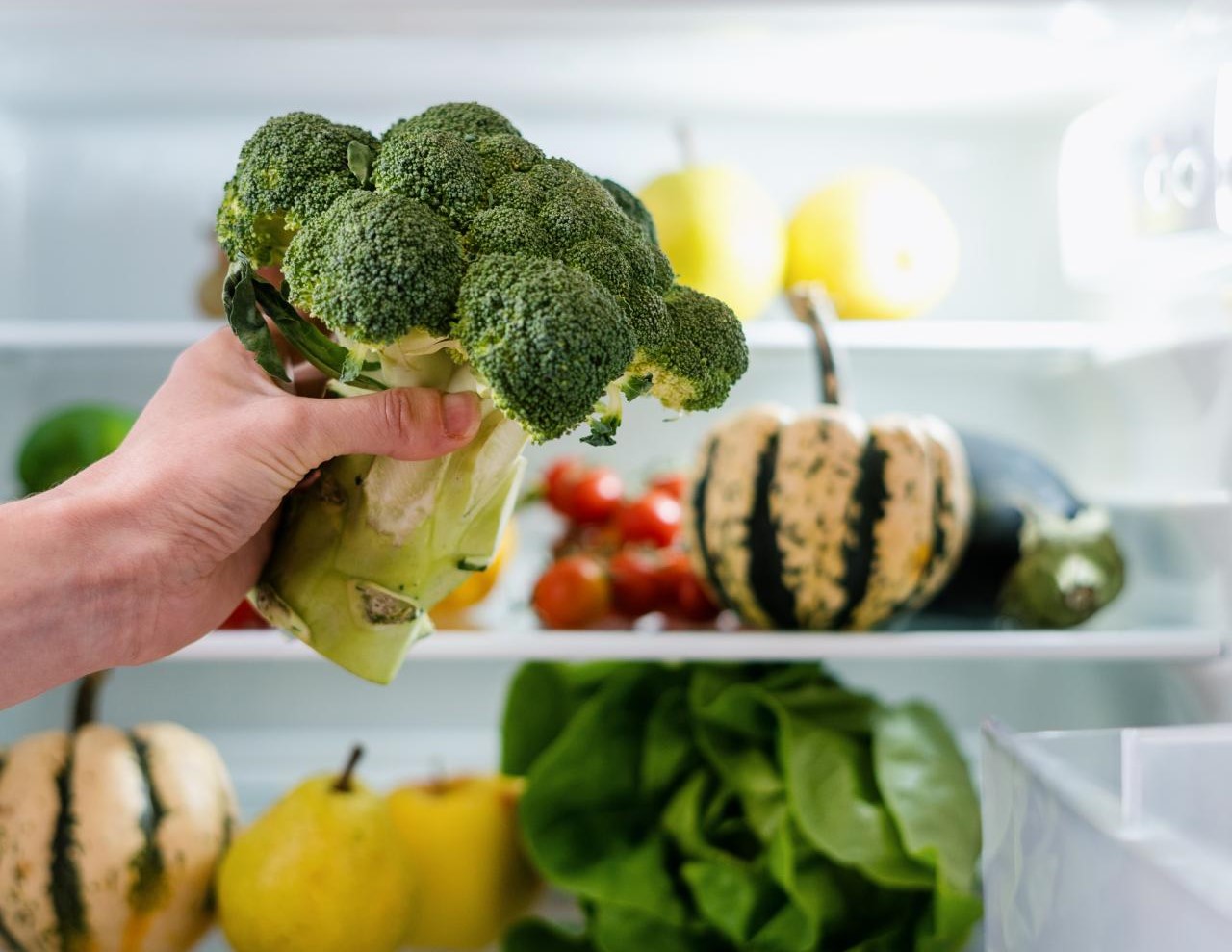

Articles
How To Store Broccoli In Freezer
Modified: November 2, 2024
Learn how to store broccoli in the freezer with these helpful articles. Keep your broccoli fresh and ready to use anytime!
(Many of the links in this article redirect to a specific reviewed product. Your purchase of these products through affiliate links helps to generate commission for Storables.com, at no extra cost. Learn more)
Introduction
Broccoli is a nutritious and versatile vegetable that is enjoyed by many people around the world. It is packed with essential vitamins, minerals, and fiber, making it an excellent addition to any diet. However, fresh broccoli has a relatively short shelf life, and if not consumed promptly, it can quickly spoil and go to waste. That’s where freezer storage comes in handy.
In this article, we will explore the benefits of storing broccoli in the freezer and provide you with a step-by-step guide on how to properly freeze broccoli. Whether you have an abundant harvest from your garden or simply want to preserve store-bought broccoli for later use, freezing is a fantastic option to extend its lifespan and retain its nutritional value.
Freezing broccoli not only helps to prevent food waste but also allows you to enjoy its delicious taste and health benefits year-round. So, let’s dive in and learn more about how to store broccoli in the freezer!
Key Takeaways:
- Freeze broccoli to preserve its nutrients, extend its shelf life, and enjoy convenient, cost-effective meal prep options year-round. Follow proper blanching, cooling, and storage techniques for optimal results.
- Experiment with various cooking methods, seasonings, and recipe ideas to make the most out of your frozen broccoli. From stir-fries to casseroles, frozen broccoli offers versatility and convenience in the kitchen.
Read more: How To Store Broccoli Rabe
Why Store Broccoli in the Freezer?
Storing broccoli in the freezer brings several advantages. Here are a few reasons why you should consider freezing broccoli:
- Preservation of Nutritional Value: Freezing broccoli locks in its nutritional value, ensuring that the essential vitamins and minerals are retained for an extended period. The freezing process helps to preserve the antioxidants, fiber, and other beneficial nutrients that make broccoli a superfood.
- Extended Shelf Life: Fresh broccoli has a relatively short shelf life and can quickly become wilted and spoiled if not used promptly. By freezing broccoli, you can extend its lifespan by several months, allowing you to enjoy this nutritious vegetable long after it would have perished in the refrigerator.
- Convenience and Meal Prep: Freezing broccoli means having readily available ingredients for quick and convenient meals. Whether you’re looking to add some greens to a stir-fry, make a comforting soup, or prepare a nutritious side dish, having frozen broccoli on hand can save you time and effort in the kitchen.
- Cost Efficiency: Buying fresh broccoli in bulk when it’s in season and freezing it can often be more cost-effective than purchasing small quantities throughout the year. Freezing allows you to take advantage of sales or harvests and avoid wasting any excess produce.
- Diverse Cooking Applications: Frozen broccoli can be used in a variety of recipes. Whether you want to steam it, roast it, blend it into a smoothie, or add it to a casserole, having frozen broccoli available provides you with culinary flexibility and endless possibilities.
By understanding and appreciating these benefits, you can make the most of your broccoli harvest or store-bought bunches by freezing them for later use. Now that you know why it’s advantageous, let’s explore the steps involved in properly preparing and freezing your broccoli to ensure optimal results.
Selecting and Preparing Broccoli for Freezing
Before you can freeze broccoli, it’s important to select high-quality, fresh produce and properly prepare it for the freezing process. Follow these steps to ensure the best results:
- Choose Fresh Broccoli: Look for broccoli heads that are firm, tight, and vibrant green in color. Avoid broccoli with yellowing florets or a strong odor, as these are signs of spoilage. The stalks should be crisp and the leaves should be tender and green.
- Trim and Clean: Start by trimming any excess leaves and woody parts of the stems. Rinse the broccoli heads under cold water to remove any dirt or debris. Pat them dry with a clean kitchen towel.
- Separate into Florets: Use a sharp knife to carefully separate the broccoli head into small florets. Aim for uniform-sized pieces to ensure even cooking and freezing.
- Optional: Blanch Stalks: If you prefer to freeze the broccoli stalks as well, peel off the tough outer layer and cut them into thin slices or small cubes. Blanching is recommended for the stalks to ensure better texture and preserve their flavor.
- Cull Imperfections: Inspect the florets and discard any that show signs of discoloration, bruising, or insect damage. It’s important to remove any imperfect pieces to ensure a high-quality end result.
- Prepare an Ice Bath: Fill a large bowl or basin with ice water. This will be used to quickly cool down the blanched broccoli and halt the cooking process.
By following these steps, you can ensure that your broccoli is fresh, clean, and properly prepared for freezing. Next, let’s move on to the blanching process, which helps to preserve the texture, color, and flavor of the broccoli during freezing.
Blanching Broccoli
Blanching is a crucial step in freezing broccoli as it helps to preserve its texture, color, and flavor. Follow these steps to blanch your broccoli:
- Bring a Pot of Water to a Boil: Fill a large pot with water, leaving enough space for the broccoli. Place the pot over high heat and bring the water to a rolling boil.
- Add Salt (Optional): If desired, you can add a pinch of salt to the boiling water. This helps to enhance the flavor of the broccoli.
- Place the Broccoli in the Boiling Water: Carefully add the broccoli florets to the boiling water. If you’re including the stalks, add them as well.
- Blanch for the Appropriate Time: The blanching time varies based on the size of the florets. Generally, small to medium-sized florets require blanching for 2-3 minutes, while larger florets may need 4-5 minutes. If blanching the stalks, they typically require 3-4 minutes.
- Monitor the Broccoli: Keep an eye on the broccoli while it blanches. You want to blanch it just until it turns bright green and becomes slightly tender, but still maintains its crispness.
- Prepare an Ice Bath: Use a slotted spoon or tongs to remove the blanched broccoli from the boiling water and immediately transfer them to the ice bath. This will rapidly cool down the broccoli and halt the cooking process.
- Let the Broccoli Cool: Allow the broccoli to sit in the ice bath for the same amount of time it was blanched. This ensures that the heat is evenly dispersed and the cooking process is fully stopped.
- Drain the Broccoli: Use a colander or strainer to drain the cooled broccoli. Gently shake off any excess water.
Blanching not only helps to preserve the color and flavor of the broccoli but also serves as a crucial step to inhibit enzyme activity that can cause loss of nutrients and deterioration during freezing. Now that the broccoli is blanched and cooled, it’s ready for the next steps of the freezing process. Let’s continue on to learn how to properly pack and label the broccoli for freezer storage.
Cooling and Draining Broccoli
After blanching broccoli, it is crucial to cool and drain it properly before packing it for freezer storage. Follow these steps to ensure the broccoli is ready for freezing:
- Cooling: Once you have drained the blanched broccoli, it is necessary to cool it down quickly to halt the cooking process and maintain its texture and color. There are two effective methods for cooling broccoli:
- Ice Water Bath: Submerge the drained broccoli in a bowl filled with ice water for a few minutes. Make sure the water is cold and filled with plenty of ice cubes to ensure a rapid cooling process. After cooling, remove the broccoli from the ice water and drain well.
- Spread on a Baking Sheet: Alternatively, you can spread the drained broccoli out on a baking sheet in a single layer. Place the baking sheet in the refrigerator and allow the broccoli to cool for about 20 minutes.
- Draining: Once the broccoli has been properly cooled, it is important to remove any excess water before packing it for freezing. Excessive moisture can lead to freezer burn and degrade the quality of the frozen broccoli. To drain the broccoli:
- Use a Salad Spinner: Place the cooled broccoli in a salad spinner and spin it gently to remove any excess water. If you don’t have a salad spinner, you can also pat the broccoli dry with a clean kitchen towel.
- Air Dry: Another option is to let the broccoli air dry for about 15 minutes. Place the cooled broccoli on a clean kitchen towel or paper towels and let the air circulate to dry off any remaining moisture.
By properly cooling and draining the blanched broccoli, you ensure that it is ready for freezer storage without excess moisture. The next step is to pack and label the broccoli to maintain its quality and ease of use. Let’s move on to the next section to learn how to do this correctly.
To store broccoli in the freezer, start by blanching the florets in boiling water for 3 minutes, then immediately transfer them to an ice water bath to stop the cooking process. Once cooled, pat the broccoli dry and place it in a freezer-safe bag, removing as much air as possible before sealing. Label the bag with the date and store it in the freezer for up to 12 months.
Read more: How To Store Broccoli Florets
Packing and Labeling Broccoli
Proper packing and labeling of broccoli is essential for efficient freezer storage. Follow these steps to pack and label your broccoli correctly:
- Select Freezer-Safe Containers or Bags: Choose airtight, freezer-safe containers or freezer bags specifically designed for long-term freezer storage. These containers will help prevent freezer burn and maintain the quality of the broccoli.
- Portion the Broccoli: Divide the cooled and drained broccoli into desired portion sizes. Consider the amount you usually use in recipes or servings to make it easier to grab just what you need without having to thaw the entire batch.
- Fill the Containers or Bags: Place the portioned broccoli into the containers or bags, leaving a small amount of headspace at the top to allow for expansion during freezing. If using bags, squeeze out as much air as possible before sealing them tightly.
- Label the Containers or Bags: Use a permanent marker to label each container or bag with the current date and the contents (e.g., “Broccoli” and the portion size). This will help you keep track of the freezing date and easily locate the broccoli in your freezer.
- Remove Excess Air: If using containers with lids, press the lids down to remove any excess air before sealing them tightly. This will help prevent freezer burn and maintain the quality of the broccoli.
- Stack or Arrange in the Freezer: Place the packed and labeled broccoli containers or bags in a single layer on a flat surface in the freezer initially. Once they are frozen solid, you can stack them to save space if needed.
Packing and labeling your broccoli properly ensures that it stays fresh and organized in the freezer. Now that your broccoli is packed and ready for freezer storage, let’s discuss the best practices for storing it in the freezer to maintain its quality.
Storing Broccoli in the Freezer
Once you have properly packed and labeled your broccoli, it’s time to store it in the freezer. Follow these guidelines to ensure the best storage conditions:
- Choose a Suitable Freezer: Store your broccoli in a freezer that maintains a consistent temperature below 0°F (-18°C). This low temperature will help preserve the quality and flavor of the broccoli for an extended period.
- Select an Appropriate Freezing Shelf: Place the packed broccoli containers or bags on a designated freezer shelf or in a part of the freezer where they won’t get crushed or disturbed by other items. Avoid placing them near the freezer door, as this area experiences temperature fluctuations when the door is opened and closed.
- Keep the Freezer Organized: Try to maintain an organized freezer by placing similar items together and creating a system that allows you to easily access your frozen broccoli. Consider using baskets, bins, or dividers to separate different types of frozen foods.
- Optimal Storage Duration: While frozen broccoli can technically last indefinitely, it is recommended to use it within 8 to 12 months for the best quality. Over time, the texture and flavor may deteriorate slightly, so it’s ideal to consume the broccoli within this time frame.
- Rotate and Use First-In, First-Out: To ensure that your frozen broccoli remains fresh, practice the “first-in, first-out” method. Arrange your broccoli containers or bags in order of freezing dates, placing the newest additions at the back. This way, you will consume the older batches first, preventing them from sitting too long in the freezer.
By following these storage guidelines, you can ensure that your frozen broccoli stays in optimal condition and is readily available for your cooking needs. Now that you know how to store broccoli in the freezer, let’s move on to some tips on how to make the most out of your frozen broccoli.
Tips for Using Frozen Broccoli
Using frozen broccoli is a convenient way to incorporate this nutritious vegetable into your meals. Here are some tips to get the best results when using frozen broccoli:
- Thaw Safely: Frozen broccoli can be cooked directly from frozen, but if you prefer a softer texture, you can thaw it in the refrigerator overnight or in a bowl of cold water. Avoid thawing at room temperature, as this can promote bacterial growth.
- Cooking Methods: Frozen broccoli can be steamed, stir-fried, roasted, boiled, or microwaved. Choose a cooking method that suits your recipe and preferences. Keep in mind that cooking times may be slightly longer than with fresh broccoli, so adjust accordingly.
- Seasoning: Enhance the flavor of frozen broccoli by seasoning it with herbs, spices, garlic, lemon juice, or a sprinkle of Parmesan cheese. This will add a delicious twist and elevate the taste of your dishes.
- Use in a Variety of Dishes: Frozen broccoli is versatile and can be used in numerous recipes. It works well in stir-fries, soups, stews, casseroles, pasta dishes, and even as a pizza topping. Experiment with different recipes to discover new ways to enjoy frozen broccoli.
- Avoid Overcooking: Be mindful not to overcook the frozen broccoli, as it can become mushy. Check for the desired texture while cooking and remove it from heat promptly. Keeping it slightly crisp will help maintain its nutritional value and appealing texture.
- Combine with Other Ingredients: Frozen broccoli pairs well with various ingredients such as mushrooms, bell peppers, onions, chicken, tofu, and more. Get creative and add complementary ingredients to create delicious and nutritious meals.
- Consider Texture: Frozen broccoli may have a softer texture compared to fresh broccoli, especially after being cooked. If you prefer a crisper texture, you can blanch fresh broccoli briefly before freezing it to help retain some of its firmness.
- Make Ahead and Freeze Meals: Take advantage of frozen broccoli by preparing and freezing complete meals or components like pre-cooked stir-fry or casserole dishes. This will save you time on busy days and ensure you have a nutritious meal ready to go.
By following these tips, you can make the most out of your frozen broccoli and enjoy its convenience and health benefits. Now that you have a good understanding of using frozen broccoli, let’s wrap up this article.
Conclusion
Freezing broccoli is an excellent way to preserve its nutritional value, extend its shelf life, and ensure you always have this versatile vegetable on hand for your cooking needs. Whether you have an abundant harvest from your garden or want to take advantage of sales, freezing broccoli allows you to enjoy its benefits year-round.
By following the steps outlined in this article, you can properly select, prepare, blanch, cool, drain, pack, label, and store your broccoli in the freezer. These techniques will help maintain the taste, texture, and nutrient content of the broccoli, ensuring that it is ready to be used in a variety of dishes whenever you need it.
Remember to thaw frozen broccoli safely and experiment with different cooking methods and seasonings to suit your taste preferences. Whether you’re adding it to stir-fries, soups, casseroles, or pasta dishes, frozen broccoli can lend its nutritional value and vibrant green color to a wide range of recipes.
With proper storage and utilization techniques, frozen broccoli can be a convenient and nutritious addition to your meals. So, next time you have an abundance of broccoli, don’t let it go to waste. Freeze it, use it wisely, and enjoy the benefits of this amazing vegetable throughout the year!
Now that you’re equipped with the knowledge of how to store broccoli in the freezer, it’s time to put it into practice. Enjoy the convenience, flavor, and health benefits of frozen broccoli in your everyday cooking!
Frequently Asked Questions about How To Store Broccoli In Freezer
Was this page helpful?
At Storables.com, we guarantee accurate and reliable information. Our content, validated by Expert Board Contributors, is crafted following stringent Editorial Policies. We're committed to providing you with well-researched, expert-backed insights for all your informational needs.
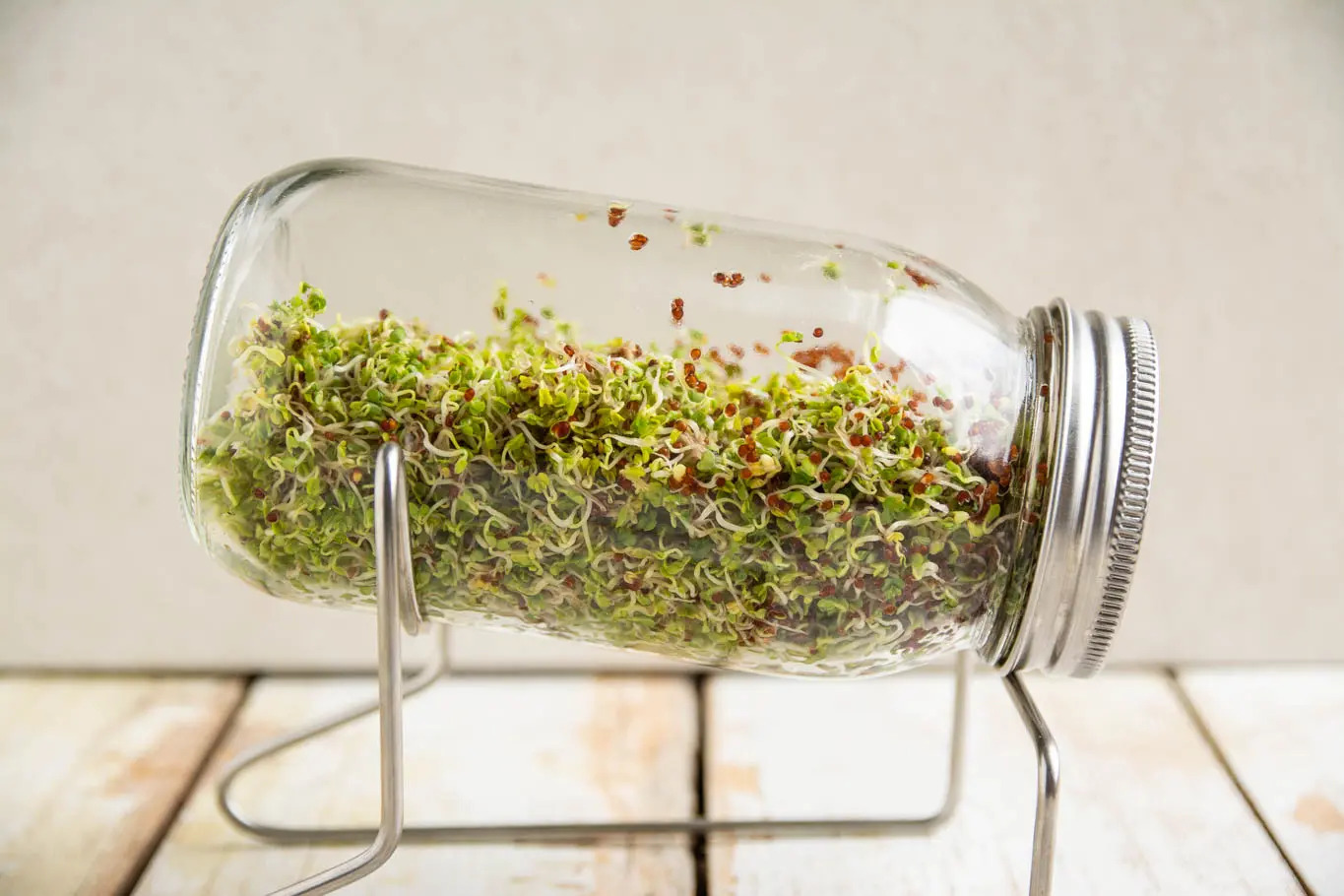




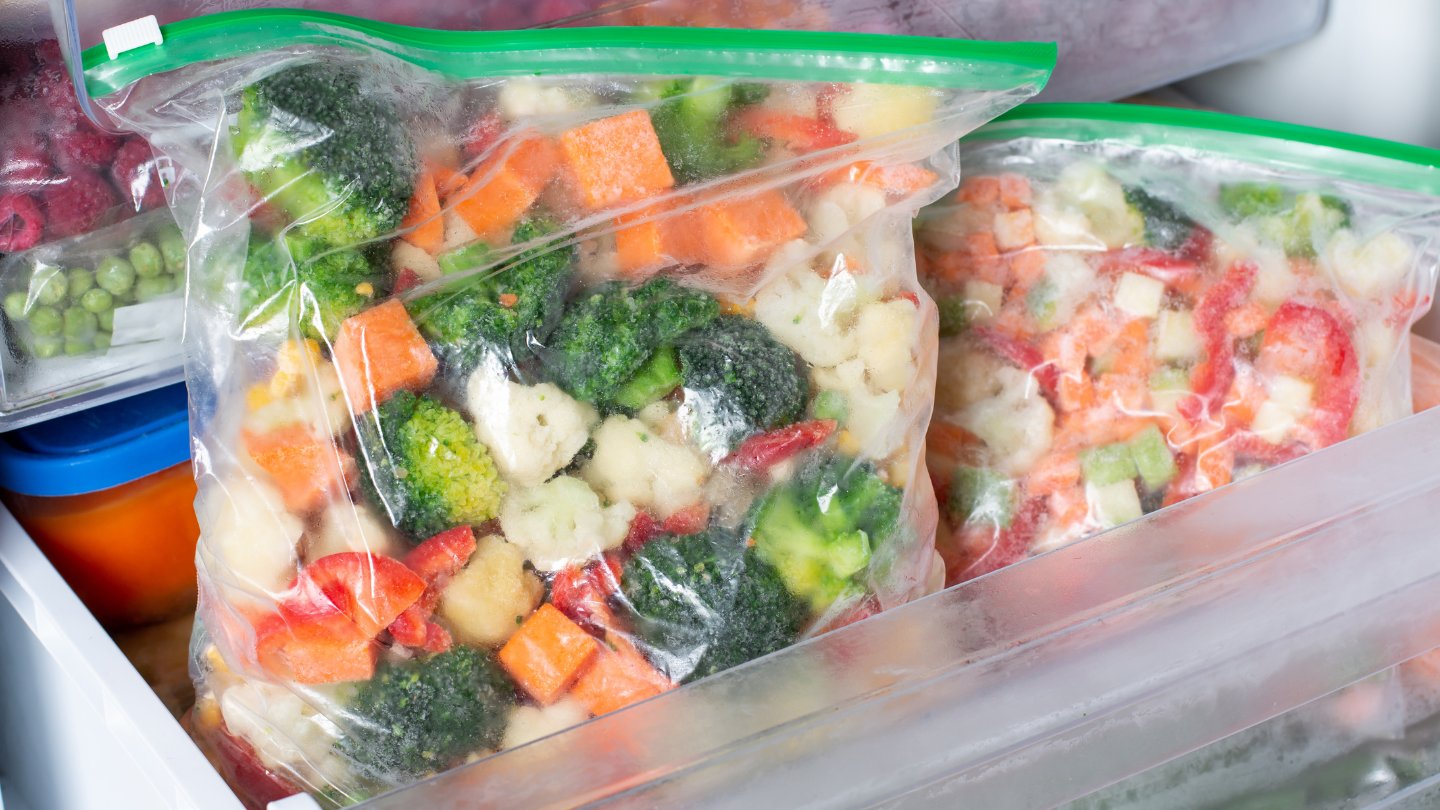

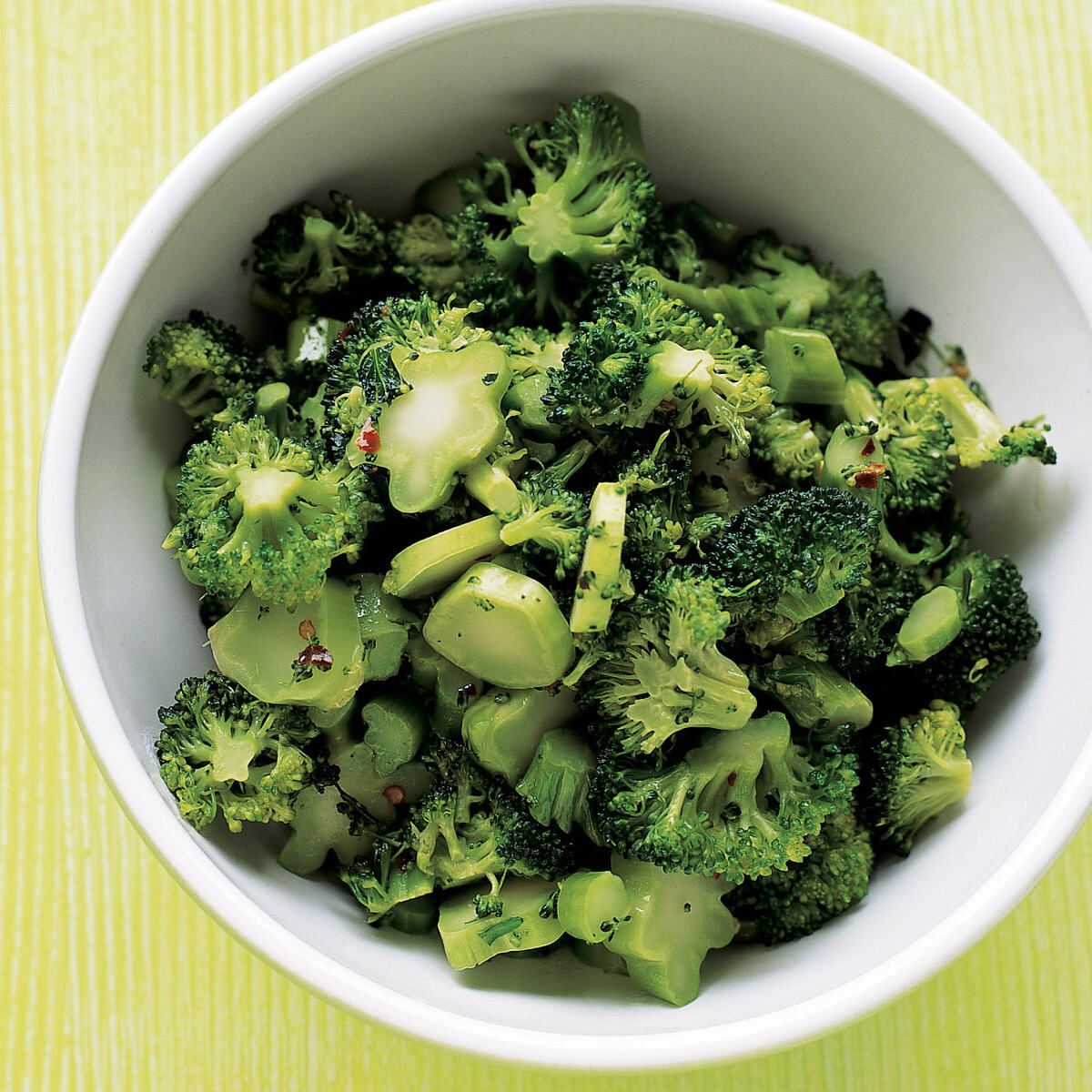


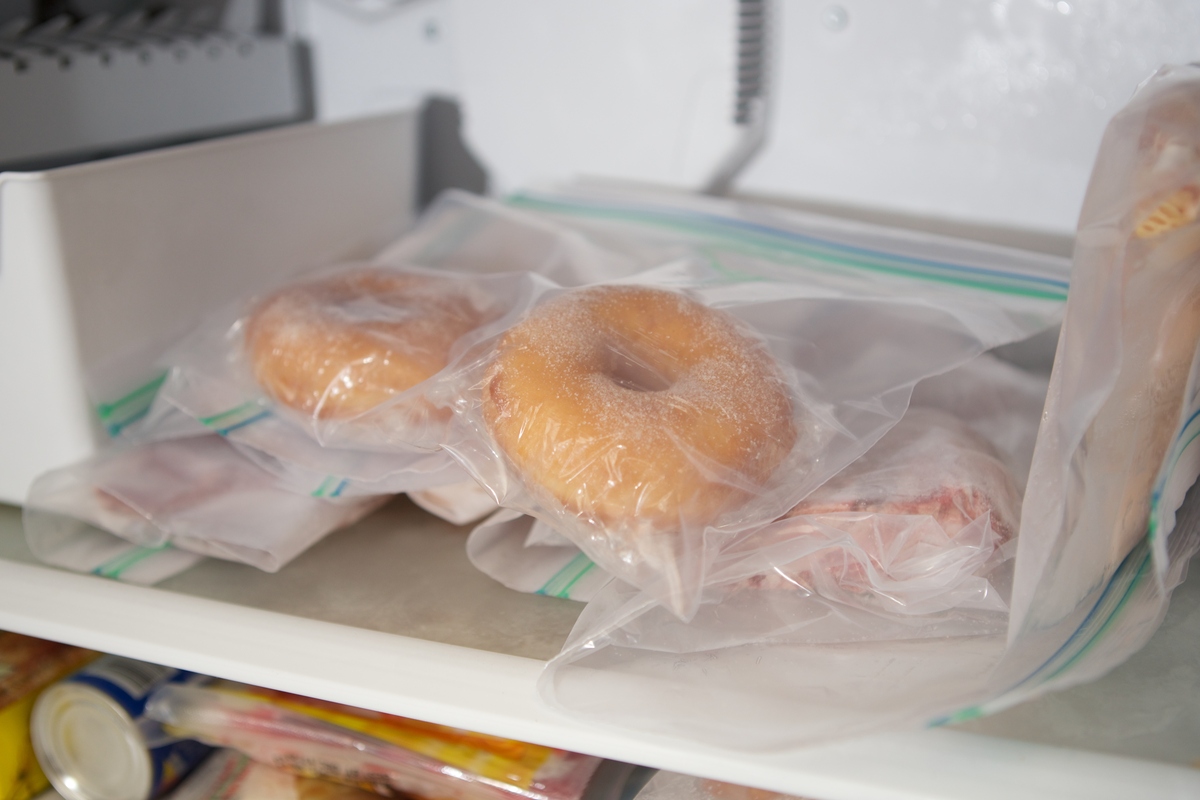
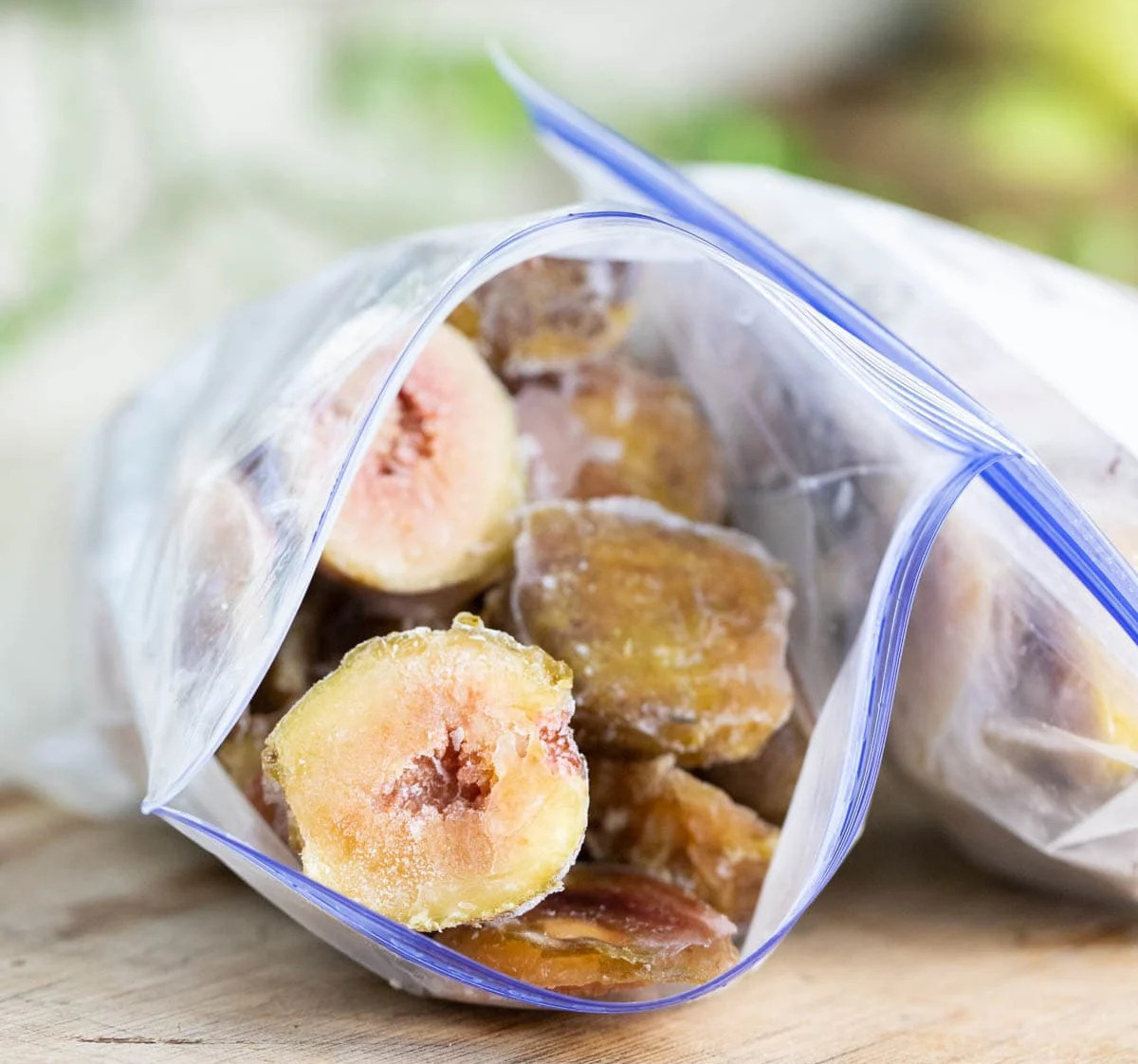
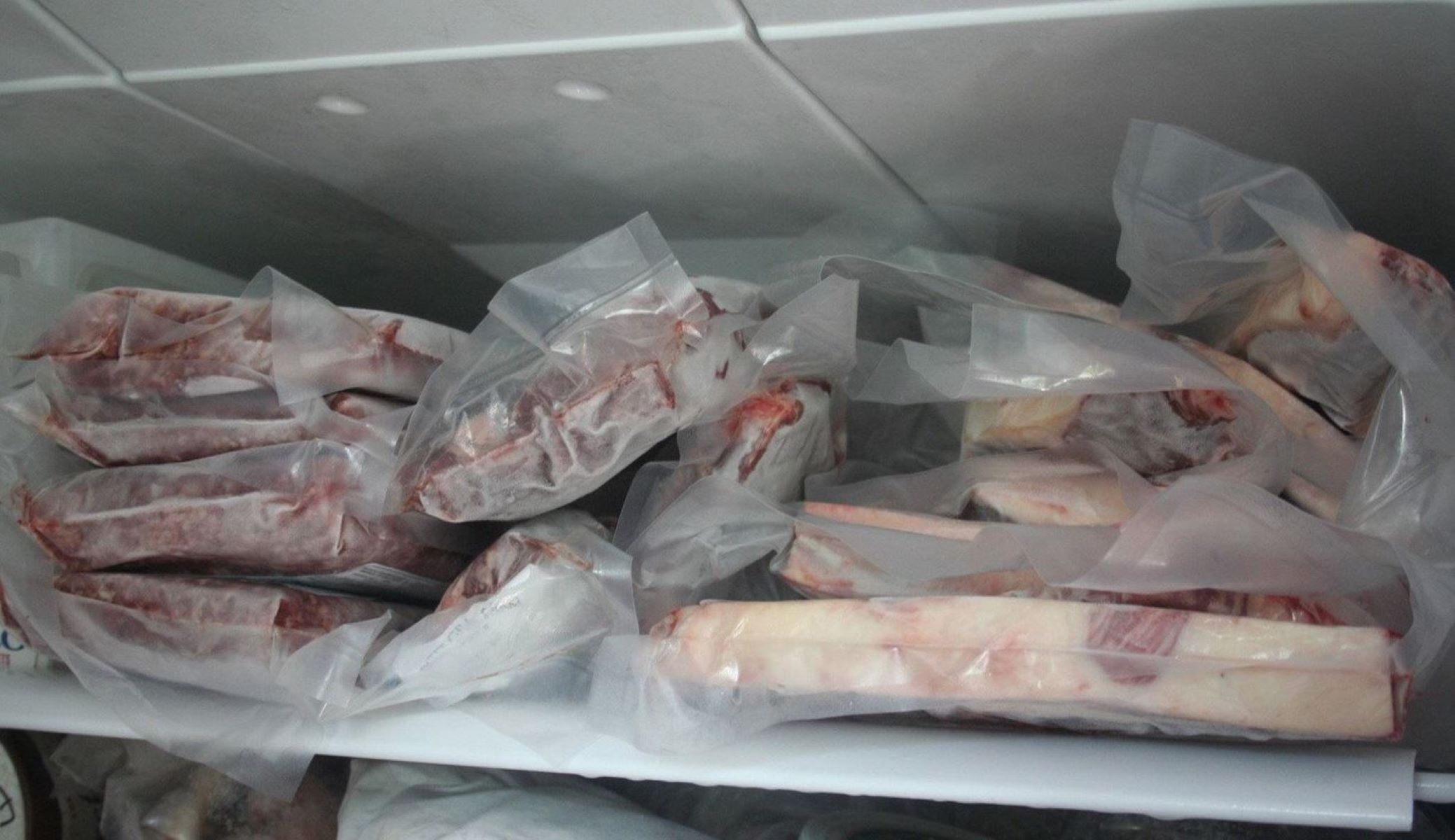
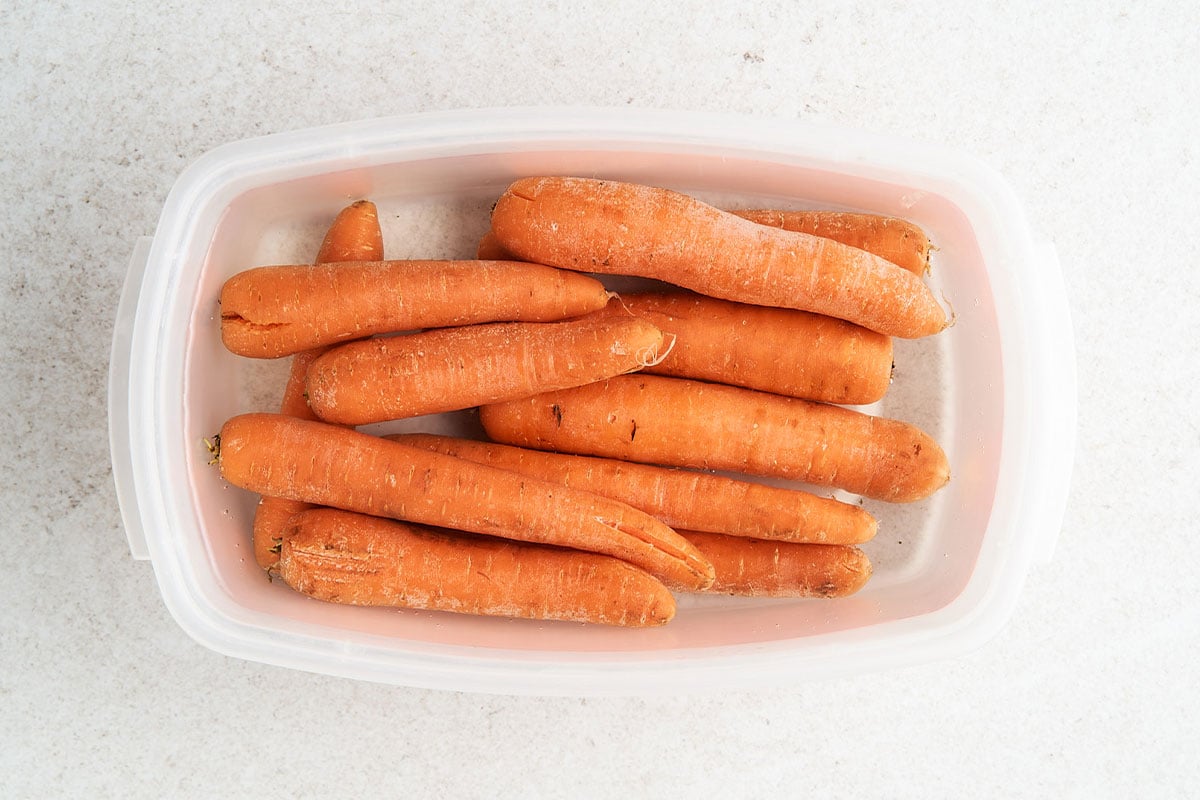

0 thoughts on “How To Store Broccoli In Freezer”